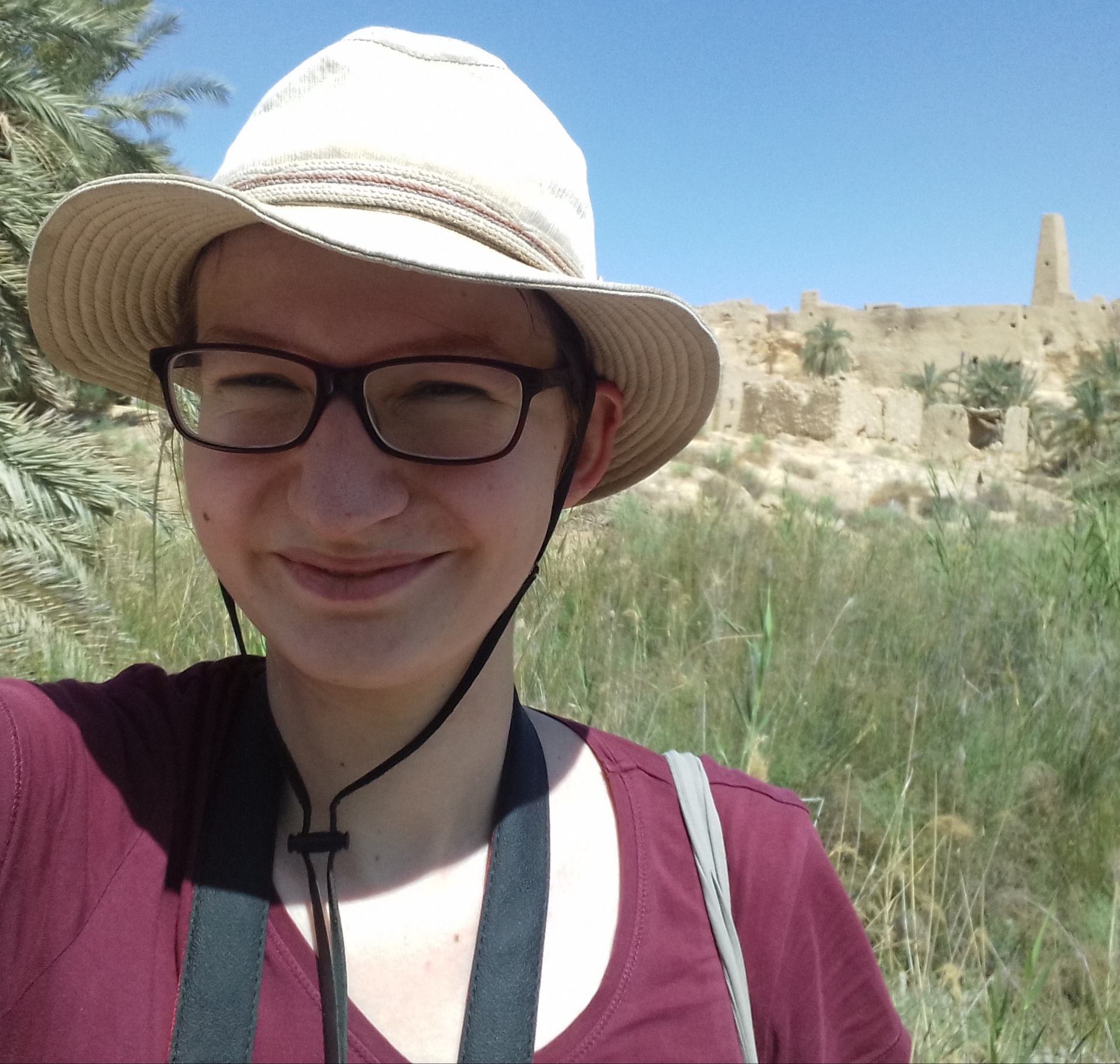Deciphering Egyptian hieroglyphs

We usually hear that Jean-François Champollion first deciphered the hieroglyphs using the Rosetta Stone in 1822. However, there were several earlier attempts, including by Medieval Arab intellectuals.
Ancient Egyptian hieroglyphs already fascinated ancient Greek and Roman authors, who failed to completely understand how they worked.
In the 10th/11th century, Arab scholar Ibn Fatik working on Pythagoras’s writings realized that ancient Egyptian was written not only in one script, but several. Two appear on the Rosetta Stone: Demotic and hieroglyphs.
Arab scholars had various names for the ancient Egyptian languages and scripts, e.g., Al-Qalam al-Barbawi (The Pen of the Temples), Al-Qalam al-Kahini (The Priestly Pen), or Al-Lisan al-Misri (The Egyptian Tongue).
Arab historiographers like Al-Maqrizi (14th/15th c. CE) turned to studying Coptic, the latest phase of the ancient Egyptian language written in Greek letters. Coptic scholars had made their language available in Arabic through translations, grammars, and dictionaries.
But most of the reading knowledge of hieroglyphs was lost by the time of Muslim Arab conquest (7th c. CE).
Yet people continued to live among the ruins of the ancient Egyptian civilization. This undoubtedly sparked interest in the ancient images. Additionally, some texts were preserved in multiple languages, including Greek, which would have aided scholars in understanding them.
Arab sources already mention that hieroglyphs do not only represent full words but individual syllables and sounds. Al-Nadim (10th c. CE) mentions that other scholars had copied hieroglyphs in an effort to decipher them.
Ibn Wahshiyyah (9th/10th c. CE) theorized that through bilingual texts one would be able to fully understand hieroglyphs. This is exactly the approach Champollion used in 1822!
How did Jean-François Champollion decipher the ancient Egyptian hieroglyphs?
Hieroglyphs do not only depict full words, but can also be individual or multiple consonants. Sometimes they are not read at all, but rather help identify a word.
The Egyptian language changed and evolved over the course of the millennia in which it was used, until it was abandoned and forgotten in favor of alphabetic scripts like Greek, Coptic, and Arabic.
But the monuments withstood the sands and attracted curious inquiry.
Already during the Arab medieval period, scholars tried to crack the code, but only the rediscovery of the “Rosetta Stone” by Napoleon’s imperial army yielded the final puzzle piece.
The Rosetta Stone, a priestly decree from 27 March 196 BCE, is written in two ancient Egyptian scripts and Greek and hieroglyphs. The Greek text ultimately helped decipher the hieroglyphs.
Prints of the Rosetta Stone were circulated among the intellectuals of Europe. Jean-François Champollion was one of them.
In 1822, he announced that he cracked the code in his famous “lettre à M. Dacier relative à l'alphabet des hiéroglyphes phonétiques” (engl. “Letter to Mr. Dacier about the alphabet of phonetic hieroglyphs”)
Champollion proposed a reading of the phonetic values of certain signs based on his observation that royal names were written in frames, so-called cartouches, and that the number of consonants in Greek and Egyptian correspond to one another.
Champollion identified titles and worked his way back through Coptic parallels trying to crack both the Demotic and hieroglyphic portion.
The way from Champollion was a long one, though. Even today, 200 years after Champollion, some words remain unclear and philological work is still crucial.
Sources:
Richter, T. Sebastian, “Greek, Coptic and the 'language of the Hijra’: the rise and decline of the Coptic language in late antique and medieval Egypt.” In Hannah M. Cotton, Robert G. Hoyland, Jonathan J. Price and David J. Wasserstein (eds.), From Hellenism to Islam: cultural and linguistic change in the Roman Near East, Cambridge 2009, 401-446. available at: <https://archiv.ub.uni-heidelberg.de/propylaeumdok/4212/1/Richter_Greek_Coptic_2009.pdf>.

